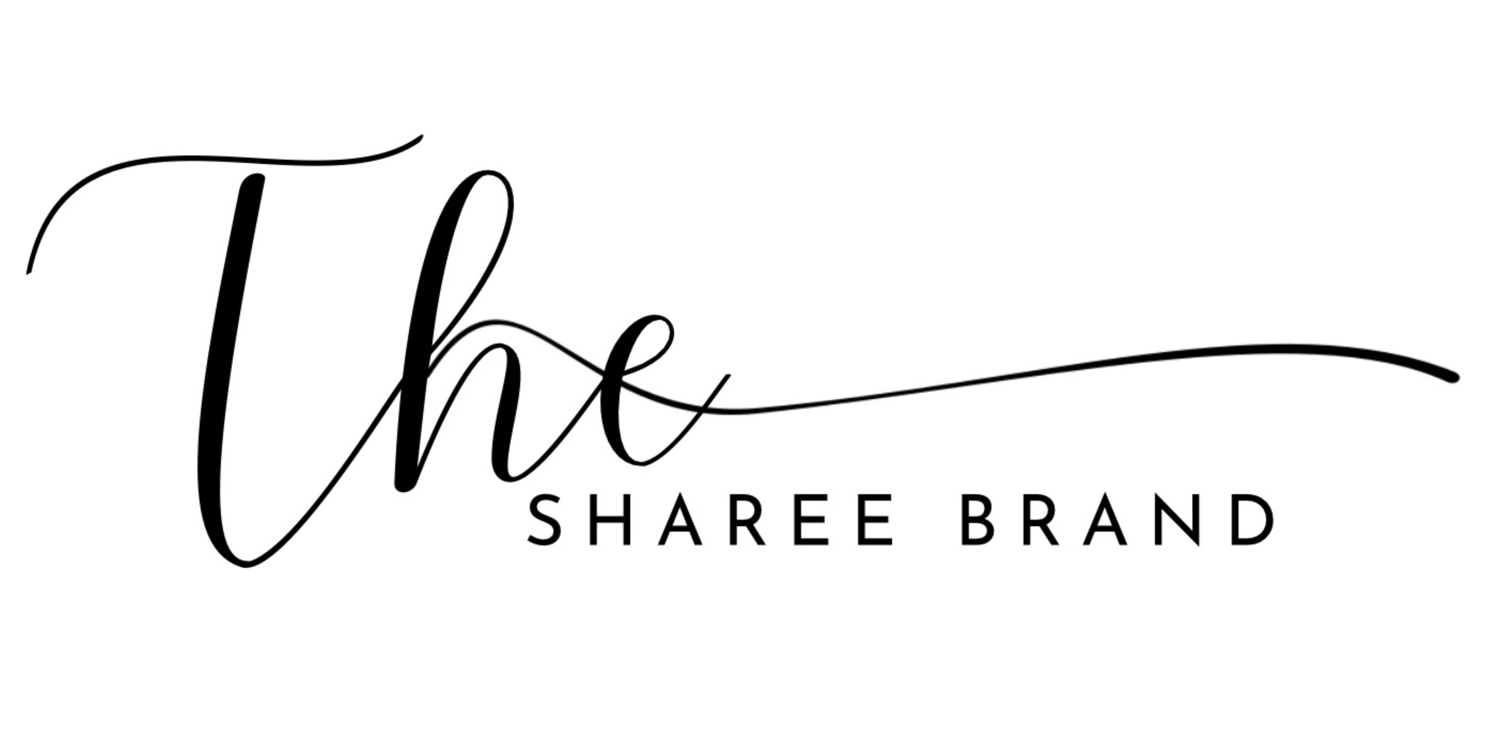
In the digital age, content is king. From informative articles and entertaining videos to insightful podcasts and educational courses, the internet is a treasure trove of information. However, a fundamental question arises when we navigate this vast sea of content: should we opt for free content or invest in paid offerings? Let's delve into the big difference between these two options and explore the advantages and disadvantages of each.
**The Appeal of Free Content:**
1. **Accessibility:** Perhaps the most obvious benefit of free content is accessibility. It's available to anyone with an internet connection, making knowledge and entertainment easily accessible to a global audience. This democratization of information empowers individuals from all walks of life.
2. **No Financial Commitment:** Free content doesn't require opening your wallet. You can explore various topics, experiment with different genres, and even binge-watch your favorite shows without spending a dime.
3. **Diverse Range:** The sheer volume of free content is staggering. From user-generated content on platforms like YouTube and social media to news articles and blog posts, you can find content on virtually any topic imaginable.
**The Pitfalls of Free Content:**
1. **Quality Varies:** The adage "you get what you pay for" often applies to free content. While there are gems out there, a significant portion of free content lacks quality control. This can lead to misinformation, low production values, and time wasted on subpar offerings.
2. **Ads and Distractions:** Free content often relies on advertisements to generate revenue. These ads can be disruptive, interrupting your viewing or reading experience. Additionally, some free platforms are designed to keep you engaged for as long as possible, leading to endless distractions.
3. **Limited Features:** Free versions of services and platforms often come with limitations. This may mean lower resolution for videos, restricted access to certain features, or limited offline availability.
**The Allure of Paid Content:**
1. **Quality Assurance:** One of the primary benefits of paid content is quality assurance. Content creators and providers have an incentive to deliver top-notch content to justify the cost. This can result in well-researched articles, professionally produced videos, and meticulously crafted courses.
2. **Ad-Free Experience:** Paid content often eliminates the annoyance of ads. This allows you to enjoy uninterrupted viewing or reading without distractions.
3. **Exclusive Content:** Many paid services offer exclusive content or early access to subscribers. This can be a major draw for fans of a particular creator or brand.
**The Drawbacks of Paid Content:**
1. **Financial Commitment:** The most significant drawback of paid content is the financial commitment it entails. Subscriptions, one-time purchases, or memberships can add up over time, making it less accessible to those on a tight budget.
2. **Risk of Disappointment:** Even paid content isn't immune to disappointment. There's always a chance that a paid course, book, or streaming service may not live up to your expectations.
3. **Subscription Fatigue:** In today's digital landscape, it's easy to accumulate numerous subscriptions, leading to subscription fatigue. Managing multiple monthly payments can be overwhelming.
**Conclusion:**
The big difference between free and paid content boils down to quality, convenience, and cost. Free content offers accessibility but often lacks quality and may come with distractions. Paid content promises quality, an ad-free experience, and exclusive perks but requires a financial commitment.
The choice between free and paid content ultimately depends on your priorities, budget, and the value you place on the content you consume. In a world overflowing with content, finding the right balance between free and paid options is key to a satisfying digital experience.


